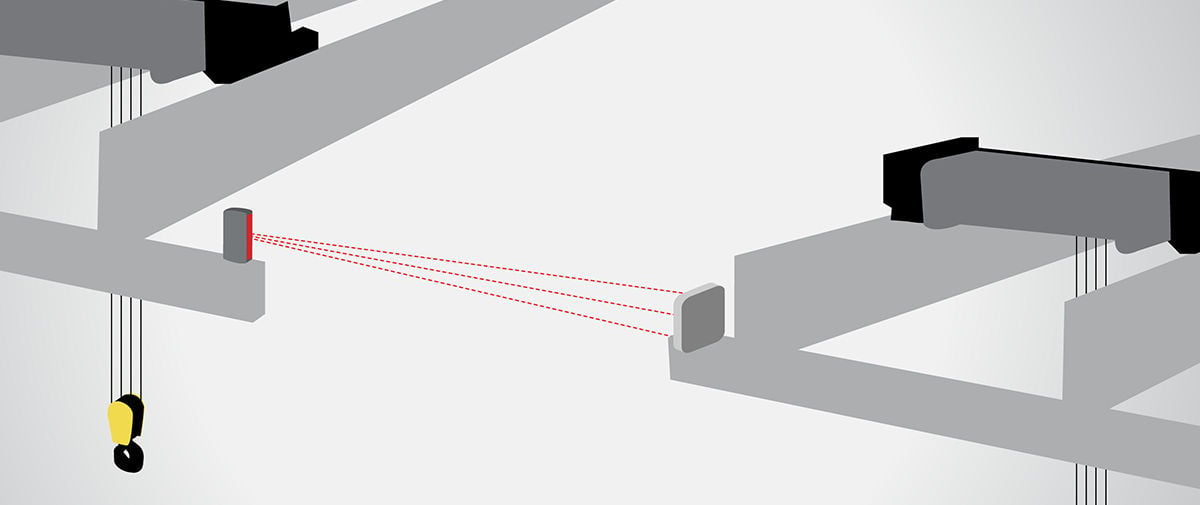Article
Protect people and product with a collision avoidance system
 The U.S. Occupational Safety and Health Administration (OSHA) was created to ensure safe and healthful working conditions for workers by setting and enforcing standards. OSHA requires employers to keep a record of serious work-related injuries. This information helps employers, workers and OSHA evaluate the safety of a workplace, understand industry hazards, and implement worker protections to reduce and eliminate hazards. The following incidents were reported to OSHA.
The U.S. Occupational Safety and Health Administration (OSHA) was created to ensure safe and healthful working conditions for workers by setting and enforcing standards. OSHA requires employers to keep a record of serious work-related injuries. This information helps employers, workers and OSHA evaluate the safety of a workplace, understand industry hazards, and implement worker protections to reduce and eliminate hazards. The following incidents were reported to OSHA.
The incidents
Colliding cranes cause injuries to employees
In the first incident, an employee was rigging a steel beam with an overhead crane when it was impacted by a second overhead crane on the same rail. The steel beam shifted and hit the employee, who suffered a broken left leg and ankle.
In the second incident, two overhead cranes collided and the glass that was being moved fell, striking an employee who had to be hospitalized for the injuries.
Preventive measures
Avoid collisions with crane safety technology
When you have multiple cranes operating in a constricted area it is especially important to prevent cranes from colliding with each other or other equipment in the area.
Collision avoidance systems are designed to help prevent collisions between cranes or their loads. These systems either slow down or stop crane movements when the crane or its load comes within a pre-determined distance of another moving or fixed object. This helps protect your cranes, people working around them, loads, building structures and surrounding assets.
There are different types of collision avoidance systems available including those that use laser scanners and those that use radio waves.
A system using a laser scanner measures the distance between the laser unit and the target surface and interrupts crane operation when pre-determined operating distances have been crossed.
Radio wave devices work well even in challenging conditions such as dusty or misty environments where a laser beam would not work. With these devices, the distance between the wall and the crane is measured via two antennas—one installed on the crane and one on the wall. The two antennas are connected to each other via a local positioning unit which send the distance information to each crane.
There is a collision avoidance system for nearly any operating environment and adding this feature to your cranes can not only improve safety but can also help you avoid damaged loads and downtime due to repairs after an incident.
Contact us to have a Konecranes expert help determine the best option to fit your needs.
